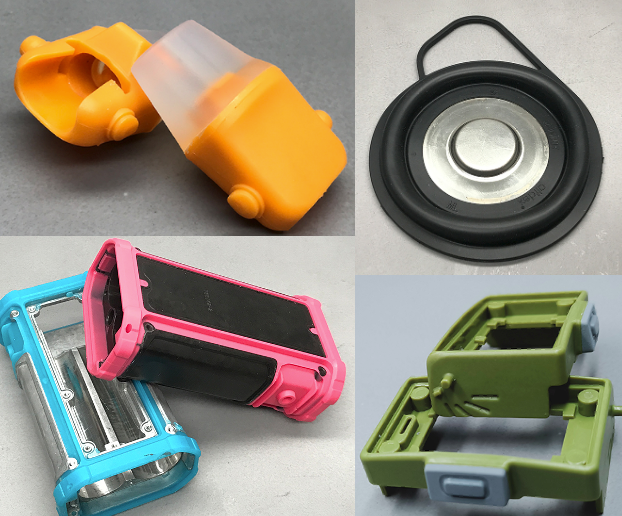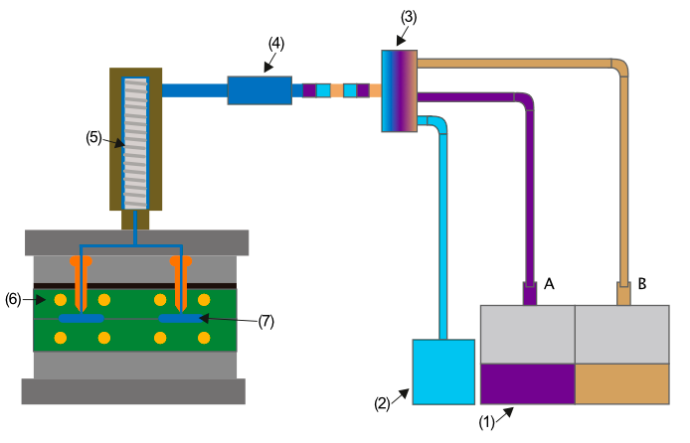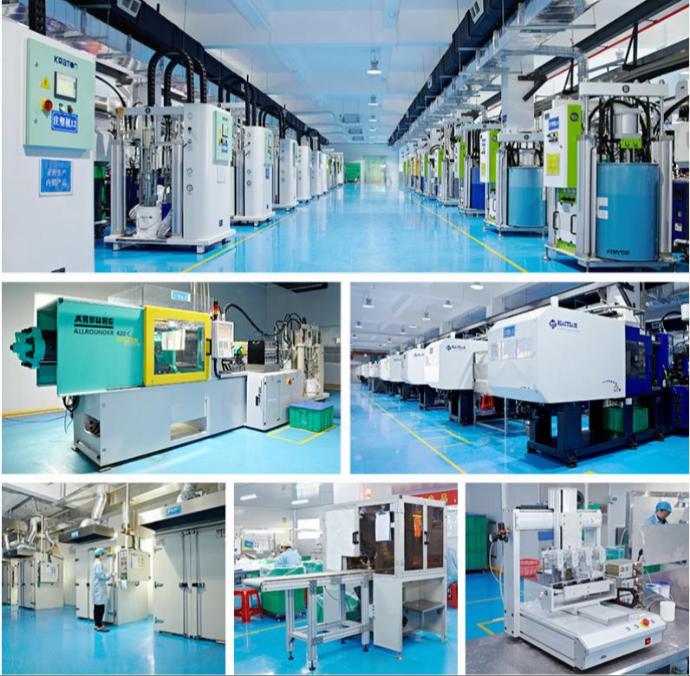Wall Thickness
Recommended wall thickness considerations for LSR molding:
-
Walls as thin as 0.1 mm are possible, depending on the size of the wall and the location.
-
The radii of (inside) fillets should be approximately equal to the wall thickness. Radii that are larger or smaller than this may cause porosity issues
-
Rib thickness should be from 0.5 to 1 times the connecting wall thickness.
Undercuts
LSR molding can produce parts with undercuts. Many simple undercuts can be easily removed by the operator without additional tools.
Draft
While 1 degree of draft is common in LSR parts, zero draft can also be attained for parts. The characteristics of LSR allows the rules of draft to be stretched more so than thermoplastics, if mold design permits.
Radii
Some part corners will have a radius rather than a edge since the mold is manufactures by CNC milling which will cause radi during machining. We will point out any radii which will need to be changed due to mold constuction.



